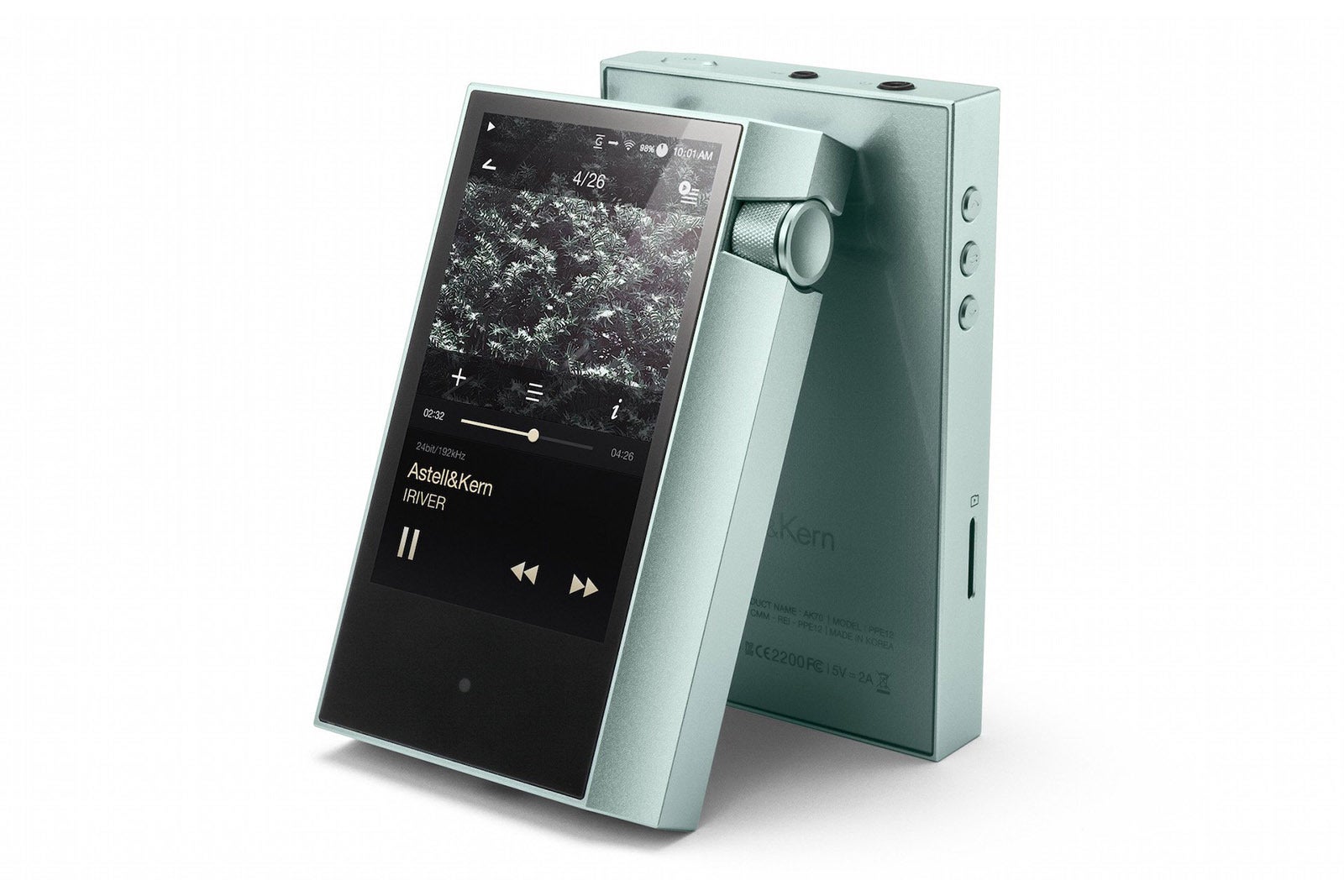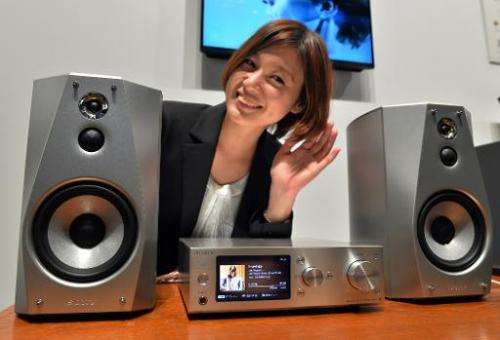

The difference isn’t always dramatic, but if you listen to my online Bluetooth blind test (which demonstrates the effects of various audio compression technologies) through a decent set of headphones or speakers, you’ll likely hear that uncompressed music tends to have more detail in the treble-so you’ll hear a little more ringing in the cymbals, more snap in the snare drum, and more twang in the acoustic guitar. However, most audio experts would agree that uncompressed music at CD resolution sounds noticeably better than music compressed with technologies such as MP3 and AAC. A difference that is at best barely and sporadically detectable would be unlikely to make your music listening substantially more enjoyable or give you deeper insight into the music. Through the headphones and speakers that typical music listeners are likely to use, the difference would be even harder to hear.

88.2 kHz” put it-and that test was conducted for a panel of 16 audio-engineering professionals and students using an audio system costing more than $20,000. Studies have shown that the difference between high-resolution audio and CD-resolution audio is “very subtle and difficult to detect,” as a 2010 McGill University paper titled “Sampling Rate Discrimination: 44.1 kHz vs. Is it worth the cost? The answer, of course, depends on whether you can hear the difference, and whether that difference is important to you. So you’re paying a premium of 63 to 150 percent for high-resolution streaming. Amazon charges $13 per month for CD- and high-resolution streaming for Prime members and $15 per month for everyone else for 256 kbps MP3 streaming, the prices are $8 per month for Prime members and $10 per month otherwise. The plan will only be offered through Januto the first 100,000 subscribers.
#HIGH RES AUDIO 320 KBPS#
Qobuz originally charged $25 per month for high-res streaming, $20 per month for CD-quality streaming, and $10 per month for 320 kbps MP3 streaming, but in early November 2019 it began offering a limited-time deal that includes all of its content for a flat $15 per month, or $12.50 if you pay on a yearly basis. Tidal costs $20 per month for a mix of both CD- and high-resolution streaming and $10 per month for 320-kilobits-per-second AAC streaming (the same compression technology Apple Music uses). The new Amazon Music HD service uses the same FLAC technology. In May of this year, the Qobuz (“ko-buzz”) service debuted in the US with high-resolution audio compressed with FLAC technology, which reproduces 100 percent of the original audio signal. Tidal Hi-Fi uses Master Quality Authenticated (MQA) technology, which “folds” high-resolution audio data so that it can stream at lower data rates, but it doesn’t carry 100 percent of the added data. More recently, music listeners’ switch from CDs and downloads to streaming services inspired the launch of Tidal Hi-Fi, a high-resolution service offered by Tidal, the streaming company famously purchased by Jay-Z in 2015. Companies like HDtracks and Acoustic Sounds offer high-resolution downloads of many current and past albums. CD resolution is 16 bits and 44.1 kHz (written as “16-bit/44.1 kHz” or sometimes just “16/44.1”), and that has been considered the baseline for high-quality digital audio since the early 1980s.Ībout 15 years ago, distribution of music in high resolution-usually 20 to 24 bits and 96 or 192 kilohertz-became possible thanks to digital downloads. In both cases, more is generally considered better. Resolution is expressed in two numbers: word depth in bits (which tells you the difference between the loudest and softest sounds that can be recorded) and sampling rate in kilohertz (which lets you calculate the highest frequencies of sound that can be recorded). In digital audio, resolution refers to the precision with which a digital representation of an audio signal matches the original signal. The fact that the world’s 13th-largest company by revenue has entered the high-res streaming business has to be significant for the music industry, but with high-resolution streaming costing up to two and a half times as much as a standard non-high-res service like Spotify, does it offer a benefit that average music listeners will embrace?Īnswering that question demands a brief dive into the basics of sound-recording technology. Since May, the field of companies offering high-res audio in the US has expanded from one to three major players: Tidal, Qobuz, and now Amazon. Non-audiophiles, however, barely seemed to notice Amazon’s HD music launch. They considered the September announcement of Amazon’s launch of HD high-resolution music streaming to be as consequential as Apple’s introduction of the iPhone.

Audiophiles have long prophesied a day when all music would stream in high resolution and the MP3 would be retired to a comfortable recliner from which it could swap war stories with 8-track tapes and laserdiscs.


 0 kommentar(er)
0 kommentar(er)
